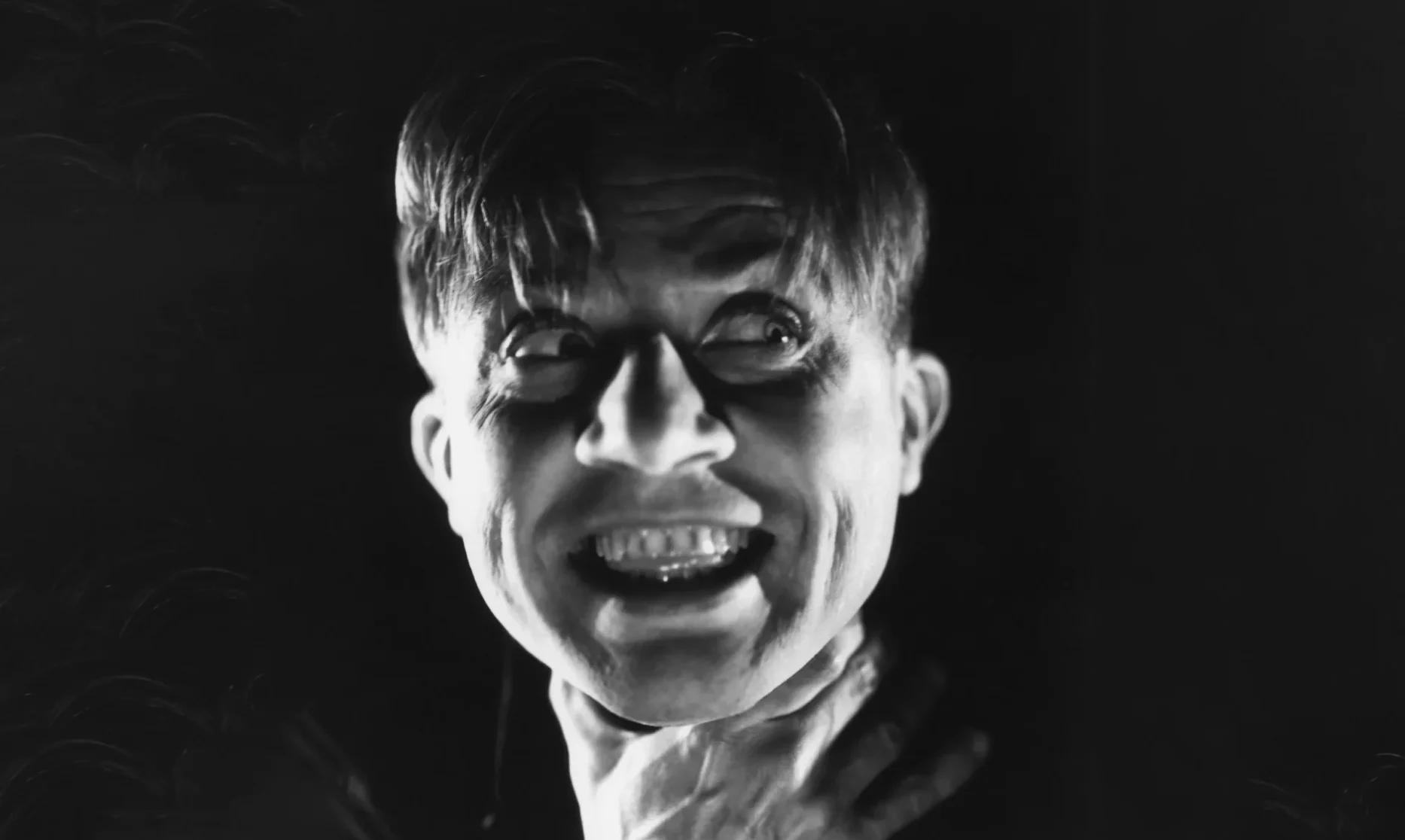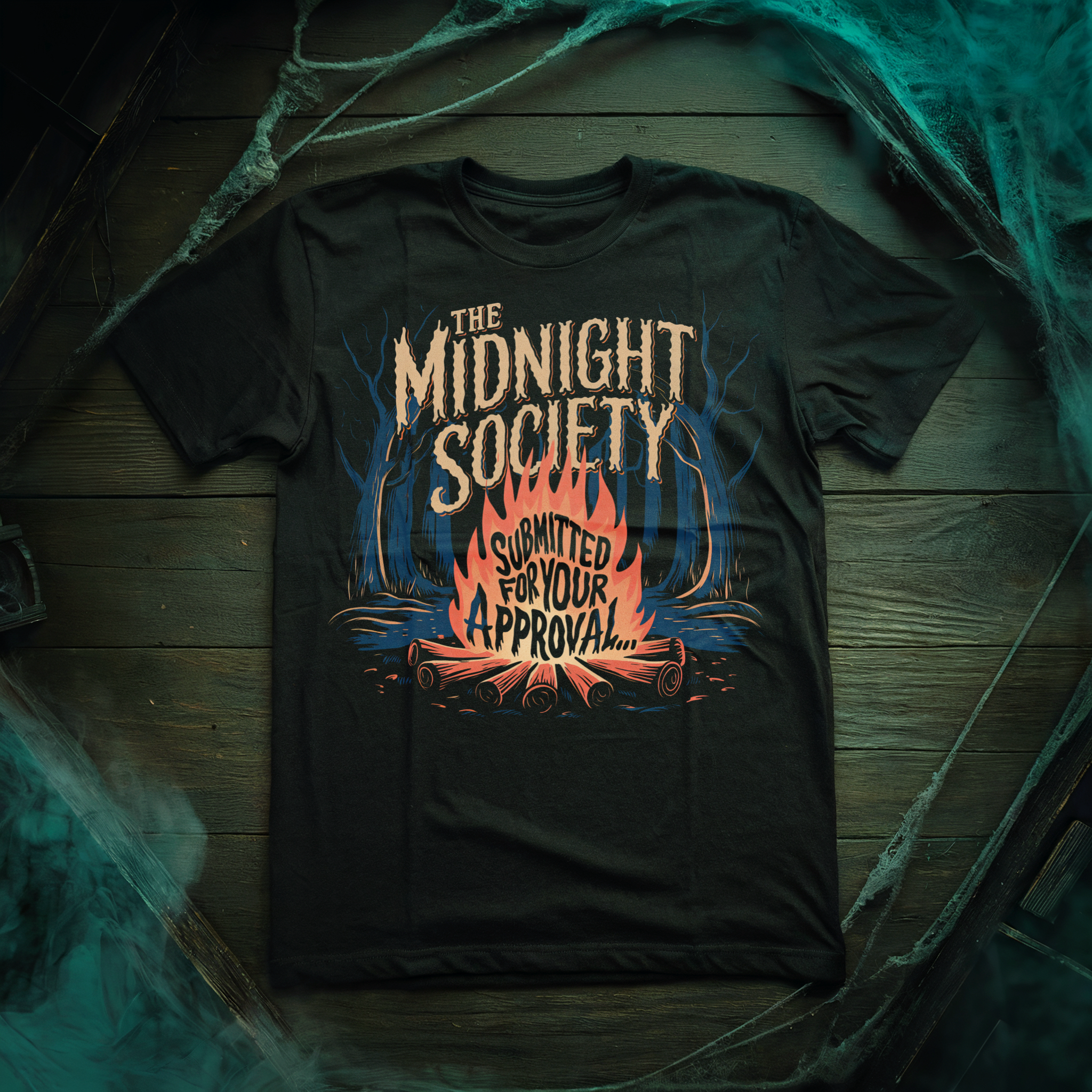The character of Renfield has been an ever-present antagonist horror genre for centuries, and his story has been told and retold in countless ways. From his literature days in Bram Stoker‘s 1897 novel Dracula to more modern interpretations, Renfield has been portrayed as a tragic figure who is both victim and villain.
This article will explore the history of Renfield, horror’s eternal henchman. It will examine how his story has evolved over time and how he has been used to explore themes of power, madness, and morality.
And now, with the upcoming 2023 action horror film Renfield, fans of the character will finally get to see him take center stage. But before we check out the movie, let’s take a look back at the history of Renfield.
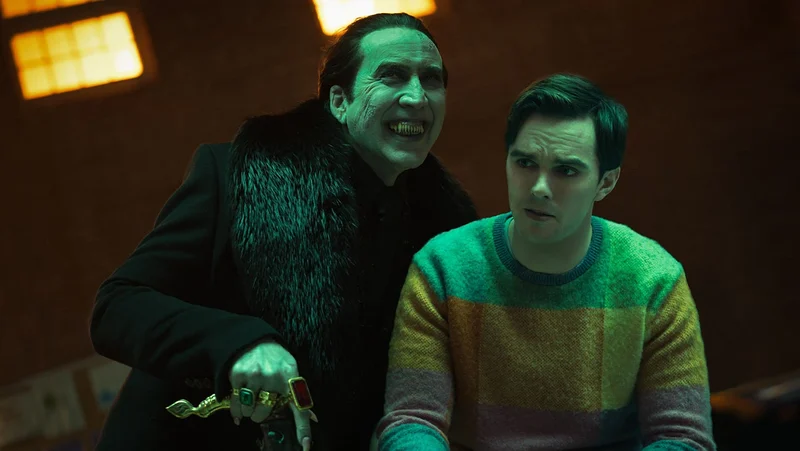
Origin of Renfield
The character of Renfield was created by Bram Stoker for his 1897 novel, Dracula. He is an inmate at a lunatic asylum, overseen by one of future victim Lucy Westenra’s suitors, Dr. John Seward. Renfield is described as an eccentric man with a fixation on eating insects and animals, believing that their life force will give him strength. Renfield is depicted as both pitiable and sinister; he is a sympathetic figure but also capable of committing acts of extreme violence when under the influence of Count Dracula.
R. M. Renfield, aetat 59. Sanguine temperament, great physical strength, morbidly excitable, periods of gloom, ending in some fixed idea which I cannot make out. I presume that the sanguine temperament itself and the disturbing influence end in a mentally-accomplished finish, a possibly dangerous man
– From Dr. John Seward’s journal in Dracula (1897)
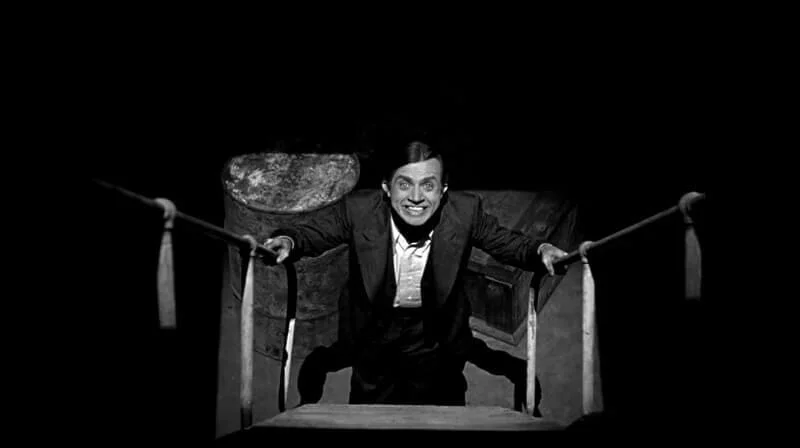
First Appearance in Film
Renfield made his first appearance on screen in 1931 with Universal Pictures’ Dracula, starring Bela Lugosi as the titular vampire count (though a Renfield-like character named Knock appeared in F. W. Murnau’s unofficial Dracula film Nosferatu: A Symphony of Horror, 1922). The official film adaptation saw actor Dwight Frye in the role of Renfield; he received critical acclaim for his portrayal and helped cement the character’s place in popular culture for decades to come.
In this version, Renfield serves mostly as an audience surrogate—he discovers Dracula’s true nature before anyone else does, thus providing the audience with exposition about vampires without having explicit dialogue about it—while also providing comic relief through his bumbling attempts at worshiping Dracula while still serving him faithfully.
Though he ends up in the Sanitarium all the same, this adaptation introduces Renfield as a sane man of sound mind when we first meet him. He is portrayed as an eager solicitor who travels to Transylvania to meet Count Dracula. He is quickly seduced by the vampire’s charms and becomes his devoted servant.
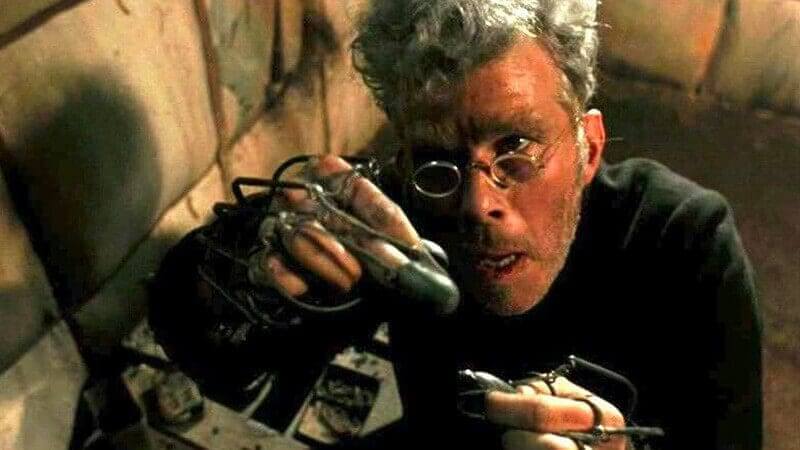
Decades of Dracula and His Reluctant Henchman
Since then, Renfield has appeared in numerous adaptations over the years; some have stayed faithful to Stoker’s original vision, while others have taken more liberties with the character or changed him completely. He has been portrayed as a range of characters – from a bumbling fool to a cunning villain. While Renfield often served as a comedic foil for Count Dracula, he was also portrayed as a tragic figure, a victim of the vampire’s manipulation and control.
In the 1969 film Count Dracula, Klaus Kinski portrayed Renfield as mute. The BBC version of Count Dracula (1977) stars Louis Jourdan in the title role, with Jack Shepherd playing a sympathetic Renfield, expanding on the character’s relationship with Dracula’s would-be victim, Mina. 1979’s Dracula, starring Frank Langella, saw Tony Haygarth as Renfield, an unkempt workman who becomes entranced by Dracula while unloading boxes at Carfax Abbey. Also in 1979 was Werner Herzog’s Nosferatu the Vampyre, with Klaus Kinski as Dracula, with Roland Topor as a giggling Renfield who was the former boss of Jonathan Harker before going insane.

Arte Johnson portrays Renfield in Love at First Bite (1979), who loyally serves Dracula on their move to New York. Tom Waits portrays R. M. Renfield, Jonathan Harker’s predecessor, in Francis Ford Coppola‘s 1992 film adaptation Bram Stoker’s Dracula. Peter MacNicol plays the comedic, bug-hungry Renfield in Mel Brooks‘ 1995 parody Dracula: Dead and Loving It.
Whatever form he takes, however, one thing remains constant: his unwavering loyalty to Count Dracula, in spite of his better judgment.
Modern Interpretations of the Character
Renfield continues to be interpreted in modern media. In the 2014–2016 Showtime series Penny Dreadful, Renfield is portrayed as a lonely 30-something secretary, who lurks the dirty streets of London in search of prostitutes and opium dens before being ensnared to servitude by Dracula. In the 2020 miniseries Dracula, Renfield works at the same firm as Jonathan Harker, and captures victims for the Count. In the Buffy the Vampire Slayer episode “Buffy vs. Dracula” (2000), main character Xander Harris becomes a Renfield-like character; devouring insects, calling Dracula “Master” and obeying his every command.
…one thing remains constant: his unwavering loyalty to Count Dracula, in spite of his better judgment.
Now, with the upcoming 2023 action horror film Renfield, fans will finally get to see the character take center stage. The movie promises to be an exciting and thrilling take on the classic character and will no doubt be one of the most talked–about films of the year.
So while we wait for the much–anticipated release of Renfield, let us take a moment to appreciate this poor unfortunate soul and his long history in pop culture. From his humble beginnings in Bram Stoker’s 1897 novel Dracula to his modern interpretations in film and tv, Renfield has been captivating audiences for over a century. And now, with the upcoming 2023 action horror film Renfield, fans will finally get to see him come out from under Dracula’s cape.
What are your thoughts on Renfield? Is he just as guilty as Dracula, or is he merely a tortured soul? Sound off to the Nightmare on Film Street Fam over in our Discord Server!





